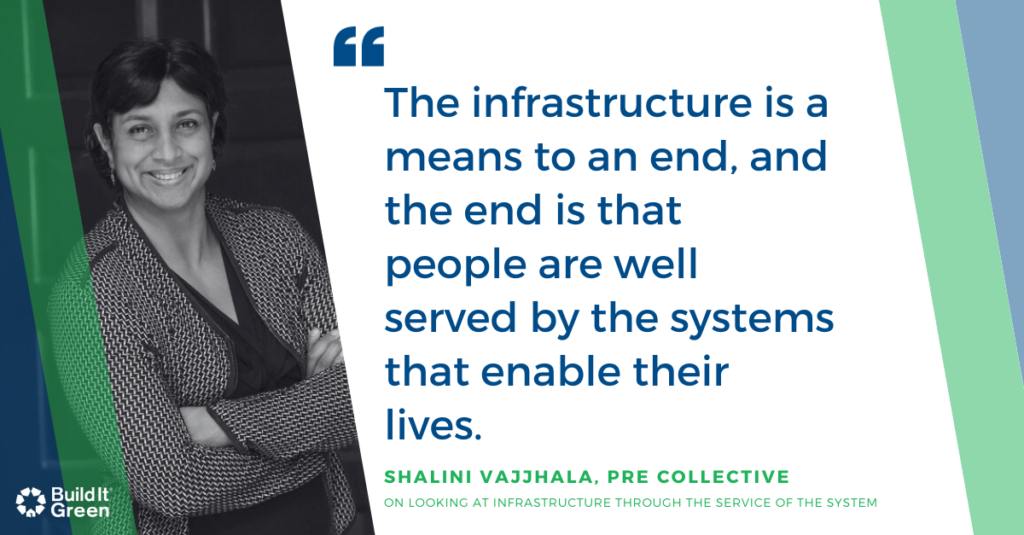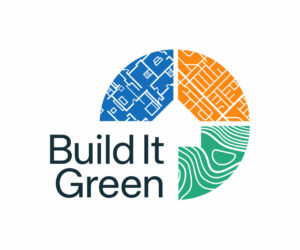One of the interesting things right now in California and in the country is that there is all of this money – federal funding available for upgrading infrastructure – and all of this money to accelerate and expand housing opportunities for folks.
If you think about our water systems – these are pipes under our streets, they are treatment plants and systems – these systems are least well maintained in some of our most marginalized neighborhoods. They’re either overbuilt, underbuilt, or they’re just not in a state of good repair. The technical term for that in infrastructure is deferred maintenance. This is the repair on your house that you’ve put off taking care of, and now is going to become the roof that’s going to leak.
Now we’re asking affordable housing developers to build more housing in places where they are responsible for bringing this infrastructure up to a state of good repair. Think about the roof that needs to be repaired, that you’ve left and neglected for ten years, versus the one that’s kind of an easy fix. We’re passing the costs of this failing infrastructure to housing developers.
That’s where I entered this problem, housing developers saying, “how do I deal with these failing infrastructure systems?”
What was a light bulb moment for me was that there’s an opportunity here to lead with the places that are furthest behind, the places that have been most neglected, and actually use federal funding for water infrastructure to enable housing.
It flips the problem around – it’s the lead with who’s suffering. Well, who’s suffering is places where infrastructure is in terrible shape; utilities are costly, water mains are breaking, you have basements flooding. There [are] all these interesting opportunities if we think about housing and water together, to come to better solutions in both sectors.
If we use the entry point of infrastructure as a bottleneck to new housing, then we also have a new entry point to infrastructure funding as an enabler to affordable housing in places where it might not happen otherwise. This is really exciting because developers, if they are confronted with this, they don’t necessarily have the power to say we’re going to change this system. This is where organizations like BIG and PRE Collective do have the ability to zoom out, look at a system scale and say, “what would it take for these two sectors to be in better alignment, for better outcomes for the people we’re trying to serve?”


